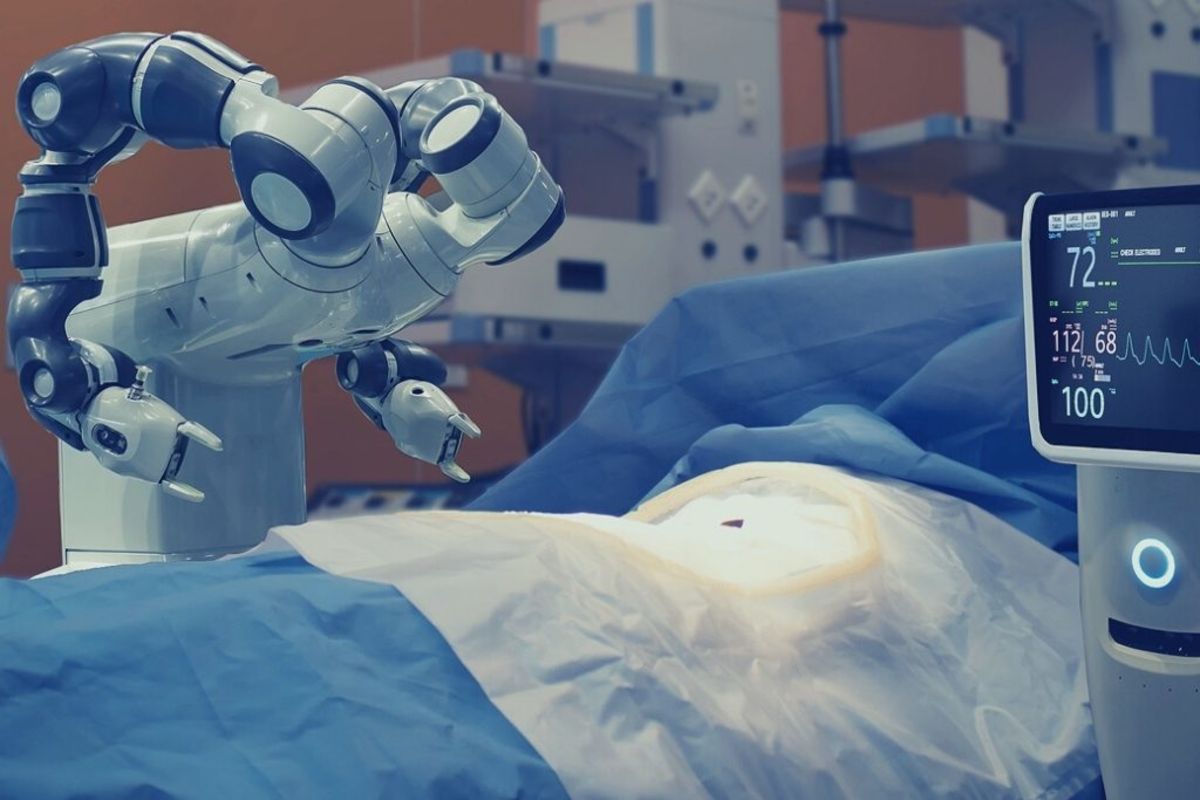
dormakaba Editorial Team

Calvin Koh
Calvin is the Sales Service Manager of dormakaba ASEAN, based in Singapore. With his impactful experience working in the mechanical and industrial engineering realm, he is always passionate about curating solutions for clients.
Related articles

Technology
Will Deepfake Threats Compromise Cybersecurity in 2025?

Society
Catastrophic Wildfires: Can Technology Anticipate and Prevent Them?
When a natural disaster occurs, the recurring question is: "Could it have been avoided?" Technology plays a crucial role in our response.

Society
5 Iconic Roles of Doors in Science Fiction
Doors serve a dual purpose in architecture, blending function and form. But in literature—and particularly in science fiction—they take on deeper symbolic meaning.